Forecasters may shock and awe with estimates of 20.4 billion connected devices by 2020, but wireless technologies today have still not met the long-range, inexpensive, ultra-ultra low power (read “almost no power”) requirements that will ultimately support those fantastic numbers.

flexible printed batteries and button cells (10 cents), a capability that cannot be achieved with radios. The RF source transmits a single tone
that the backscatter device uses to synthesize CSS signals. The challenge is that at the receiver, the backscatter signal is not only drowned by
noise but also suffers interference from the RF source. (Image source: University of Washington)
Enter the University of Washington (UW) researchers and their development of a wide-area backscatter device that operates at 100s of meters and can be powered by flexible printed batteries and button cells. At 9.25 µW power consumption, the device is more than 1000 times lower power than LoRa radio chips, according to the team.
In their paper, LoRa Backscatter: Enabling The Vision of Ubiquitous Connectivity, the UW team created a design that “can successfully backscatter from any location between an RF source and receiver, separated by 475 m, while being compatible with commodity LoRa hardware.” The paper also maps out the deployment of the backscatter system in a 4800 sq. ft. house spread across three floors, a 1300 sq ft. office area covering 41 rooms, and a one-acre vegetable farm illustrating the reliability of coverage with only a single RF source and receiver.
Not sure how backscatter works? Check out UW CSE Networks video below:

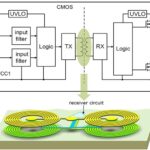
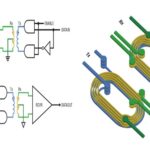
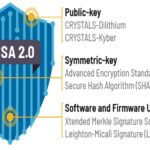
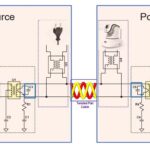
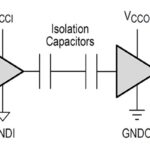

Leave a Reply
You must be logged in to post a comment.